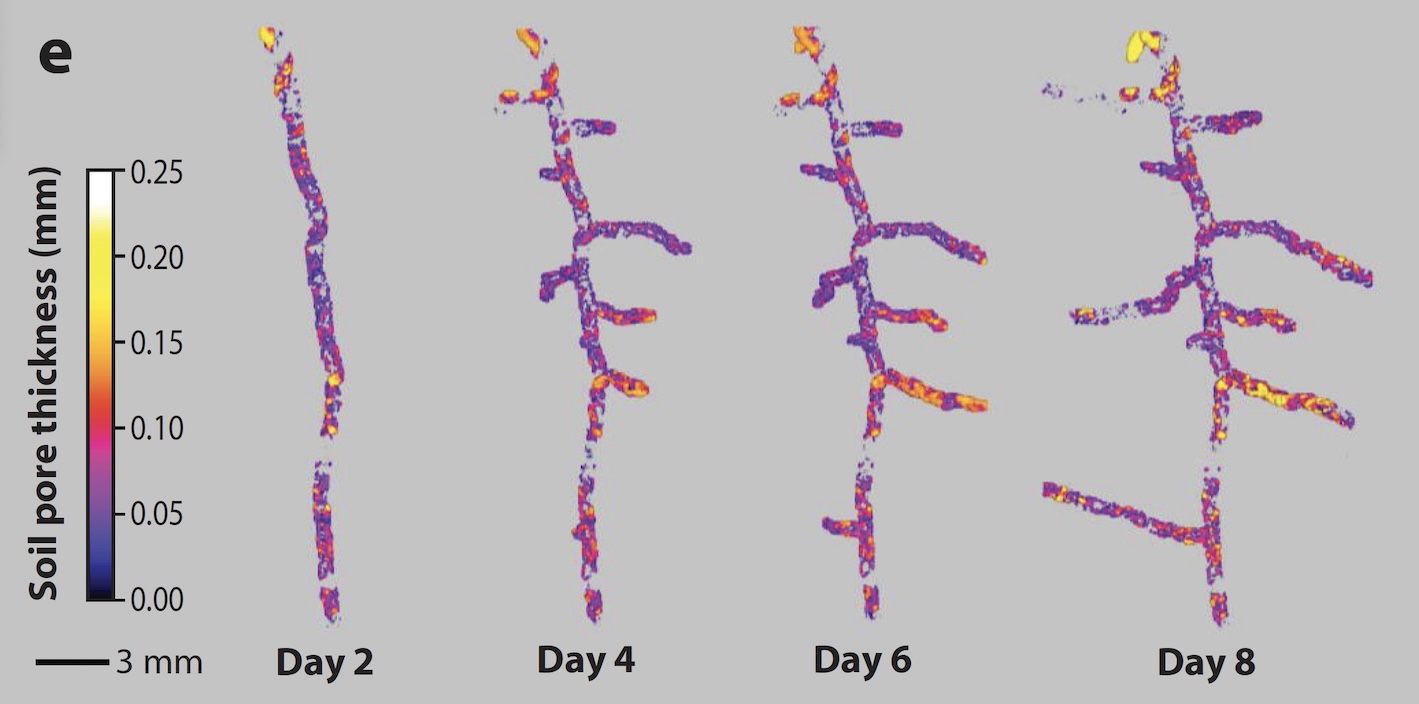Hydrosensing has published a new article “Root Growth and Development in “Real Life”: Advances and Challenges in Studying Root–Environment Interactions” in Annual Review of Plant Biology.
Plant roots play myriad roles that include foraging for resources in complex soil environments. Within this highly dynamic soil environment roots must sense, interact with, and acclimate to factors such as water availability, microbiota, and heterogeneous distribution of nutrients. To aid their acclimation, roots alter their growth and development to optimize their architecture and actively regulate the physical, chemical, and biological properties of their rhizosphere. Understanding the complex interactions between roots and rhizosphere is critical for designing future crops with improved root traits better adapted to diverse and challenging soil conditions. However, studying roots and their interactions with soil under real-world conditions presents significant challenges. Addressing these challenges demands developing realistic laboratory-based model systems and innovative field-based root imaging techniques. Our review surveys the current knowledge and recent advances in understanding root–environment interactions while proposing future solutions to study roots under more “real-life” soil conditions.
Mehra, P., Banda, J., Ogorek, L. L. P., Fusi, R., Castrillo, G., Colombi, T., … & Bennett, M. J. (2025). Root Growth and Development in “Real Life”: Advances and Challenges in Studying Root–Environment Interactions. Annual Review of Plant Biology, 76. https://doi.org/10.1146/annurev-arplant-083123-074506



